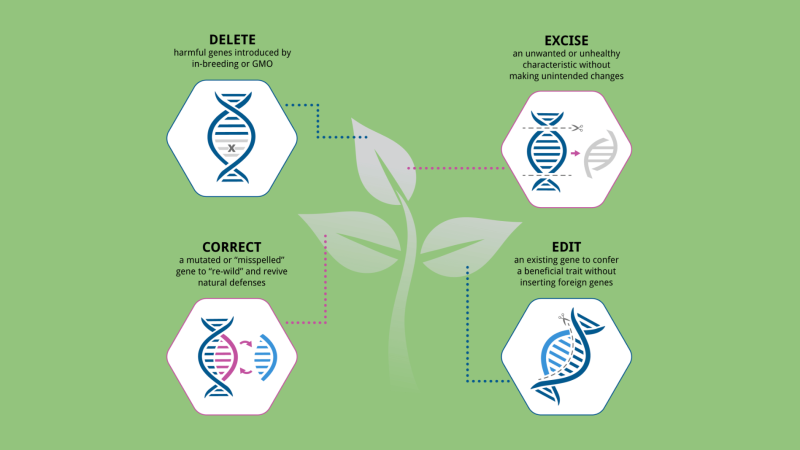To many scientists, the potential of gene editing seems nearly limitless, offering a new way to rapidly create plants that are drought-resistant, immune to disease, or improved in flavor. A supermarket tomato that tastes good? That could happen if scientists restore the flavor-making genes that make heirloom varieties delicious. What about a corn plant with twice as many kernels? If nature allows it, scientists believe, gene editing could let them build it.
There is another reason gene editing is causing excitement in industry. The U.S. Department of Agriculture has concluded that the new plants are not “regulated articles.” The reason is a legal loophole: its regulations apply only to GMOs constructed using plant pathogens like bacteria, or their DNA.
…
To the critics, any attempt to reclassify engineered plants as natural is a dangerous fiction. “If they don’t have to go through the regulatory requirements, then it is game on again for genetic modification in agriculture,” says Jim Thomas, head of a nonprofit called the ETC Group that lobbies on environmental issues. “That is the prize. They are constructing a definition of a GMO so that gene editing falls outside it.”
Read full, original post: These Are Not Your Father’s GMOs































